Focus Area
Farms and Agricultural Lands
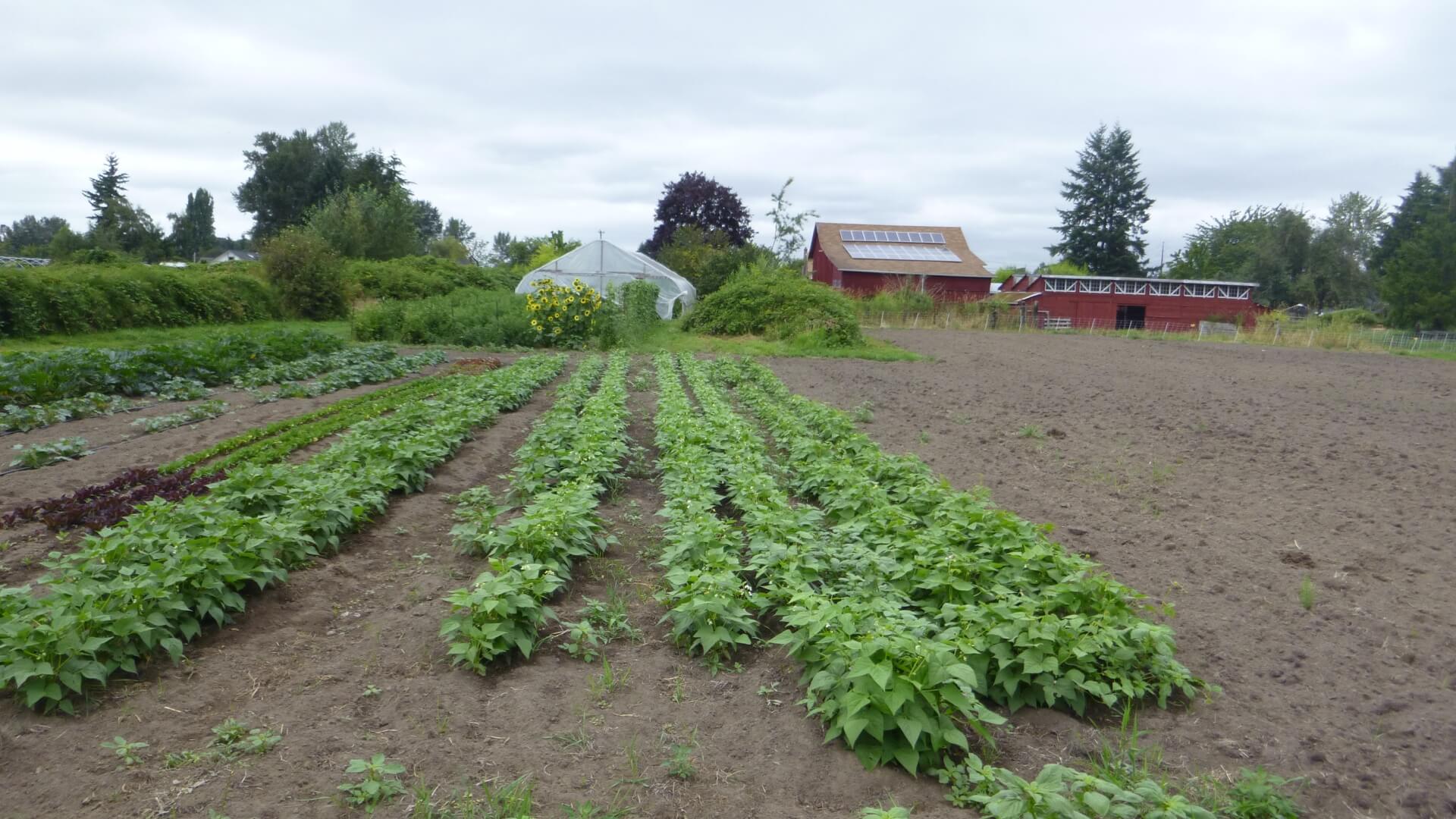
Overview
Rural agricultural land and urban agriculture practices present important opportunities for increasing food security in the watershed, economic development, protection of open spaces, education, and restoration of floodplains and riparian areas. Getting communities to work together is needed to support successful agriculture and continued ecosystem benefits from agricultural lands.
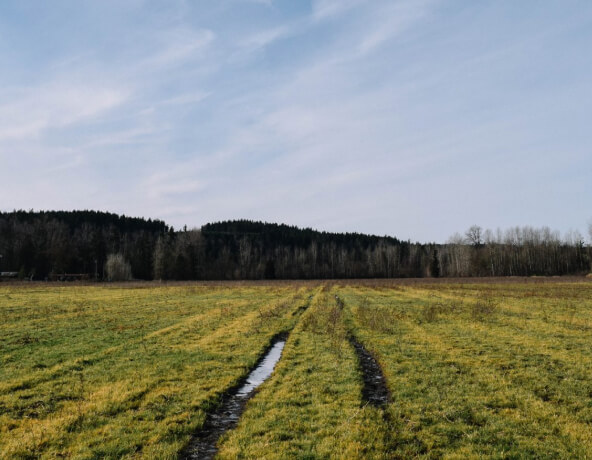
Key Pressures and Risks
Agriculture in the watershed dates to the late 1800s and it has shaped the culture and land, but population increases starting in the 1950s have resulted in the loss of agricultural lands. As of 2019, only around 16,000 acres of active farmland remain in the Puyallup Watershed.

Growth and Development
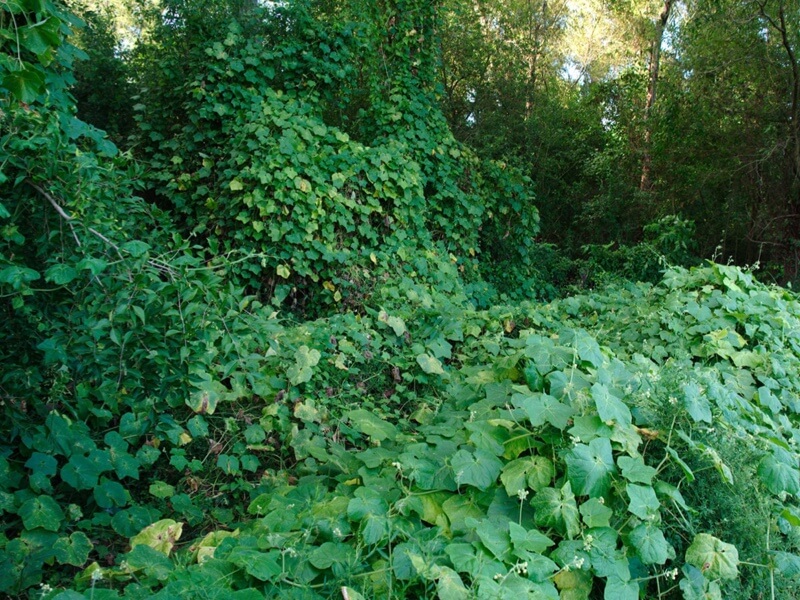
Invasive Species and Weeds

Transportation
Climate Change
A literature review of agricultural resilience was conducted for the Floodplains for the Future effort. The review identified recommended adaptive actions.
Farms and Agricultural Land Goal
The overall goal for farms and agricultural land is to maintain and expand vibrant, viable agricultural areas and protect soil health to ensure healthy food for people and for open space benefits.
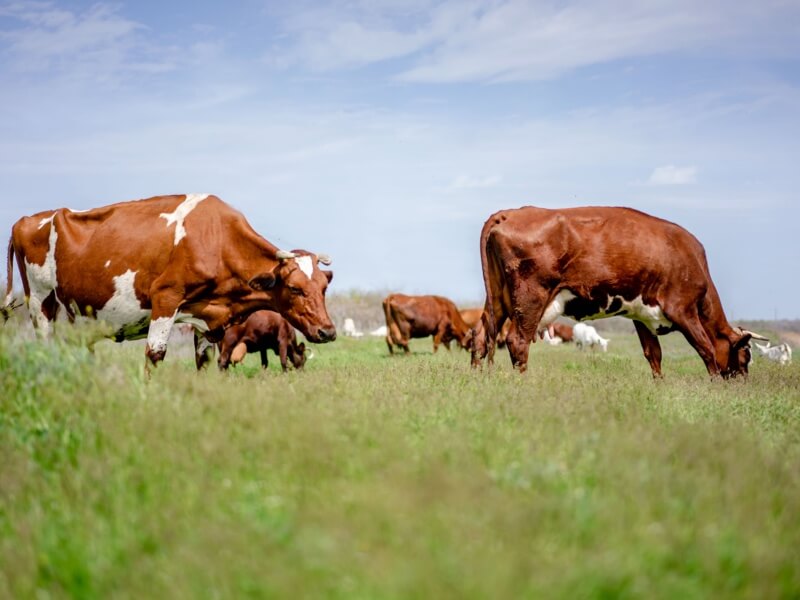
Strategic Conservation Partnership
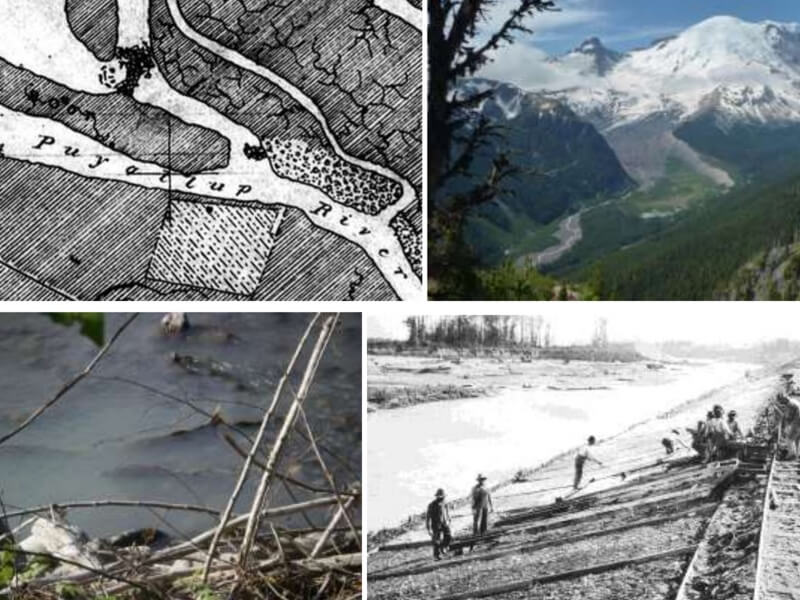
Puyallup River Watershed Assessment
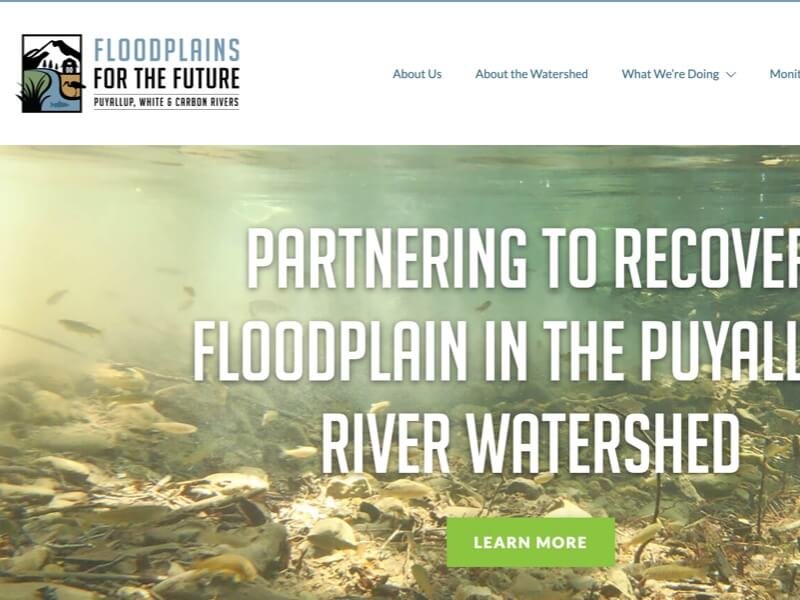
Floodplains for the Future
Equity
According to the 2016 Mind the Meal Gap report, 14% of people in Pierce County experience food insecurity. Food insecurity can have detrimental and lasting effects for all of those that it impacts, making it necessary for us to pay close attention to these numbers and work to eliminate food insecurity.
Farmland Success in the Watershed
Individual farmers in the watershed have had great success with on-farm improvement projects, both working alone and with partners. There are also many successful programs supporting agriculture in the watershed.
Bright Ide Acres Gutter Installation
Pierce County Fresh
Farm Foundations Training
Priority Actions for Farms and Agricultural Lands
The PWR LIO is prioritizing support for projects identified by the Agriculture community of Interest and other local experts on agricultural land management. Some top priorities include: